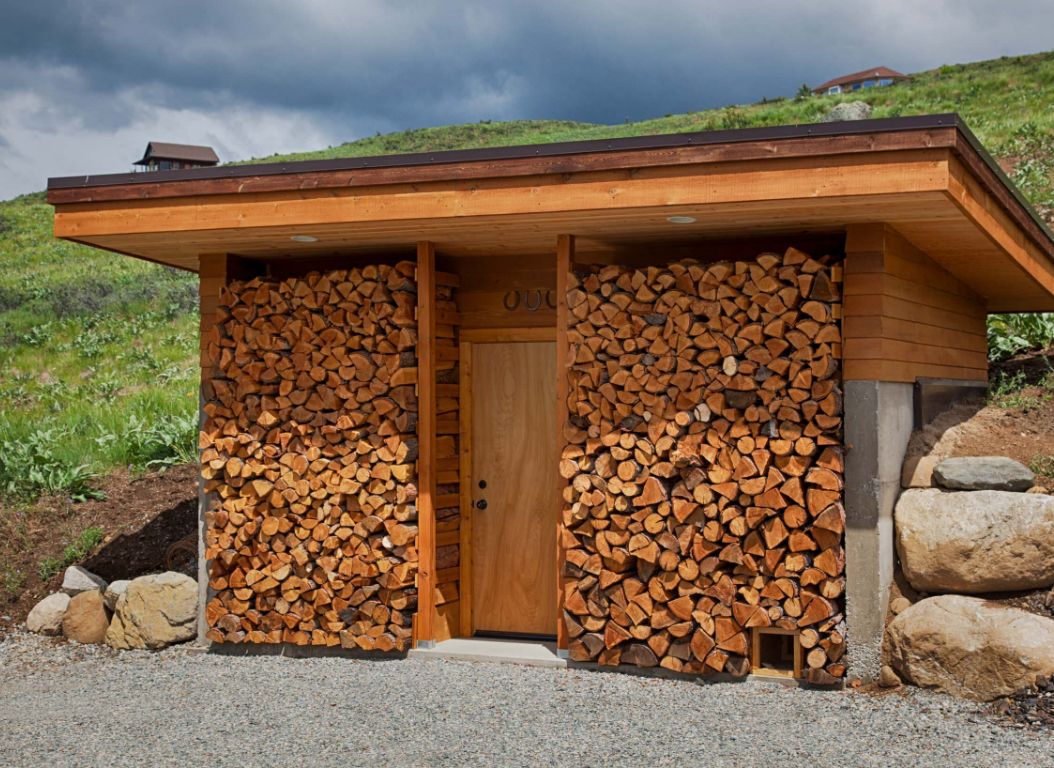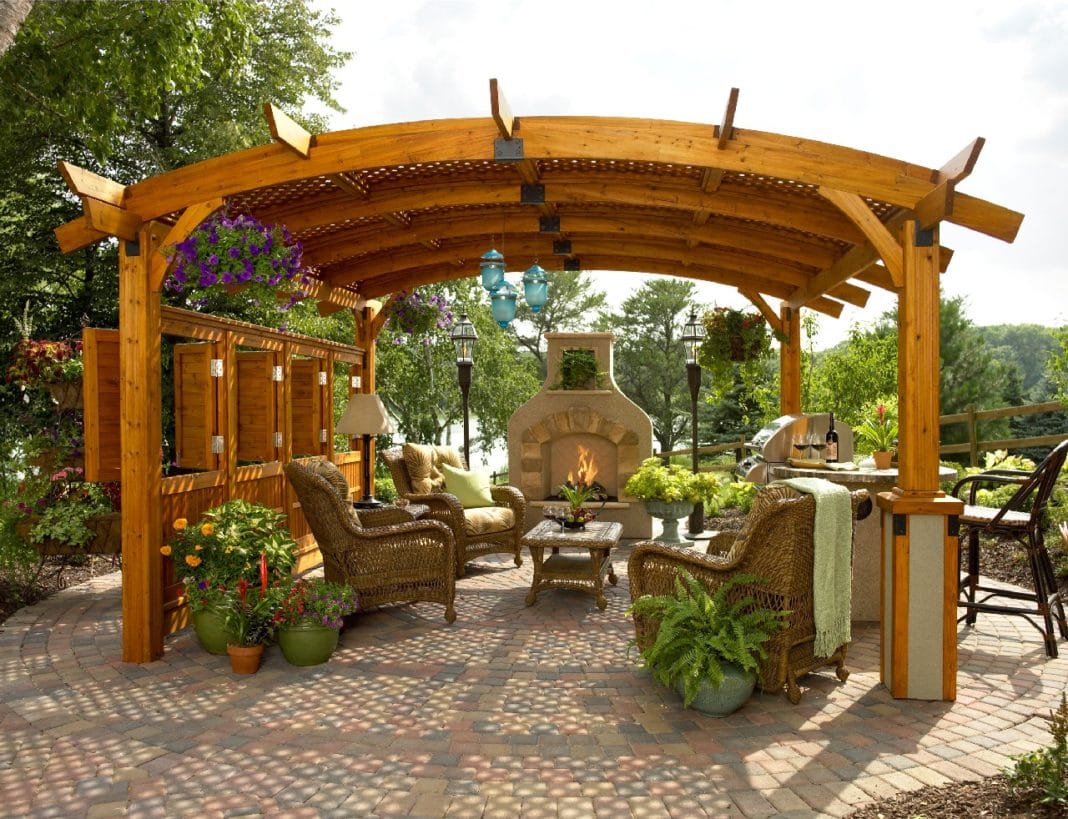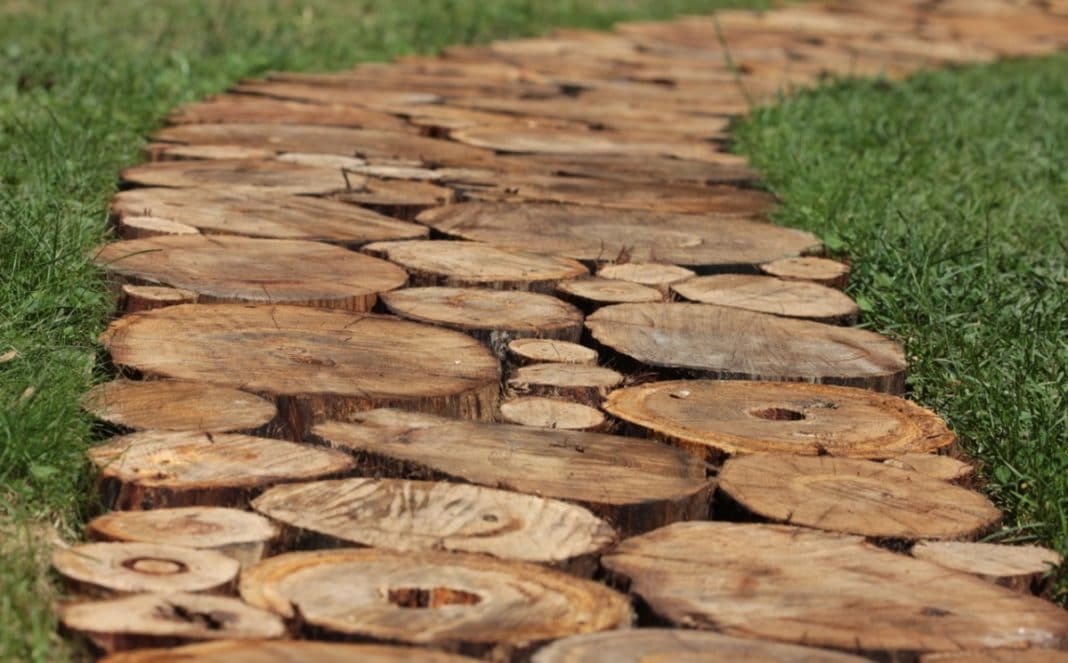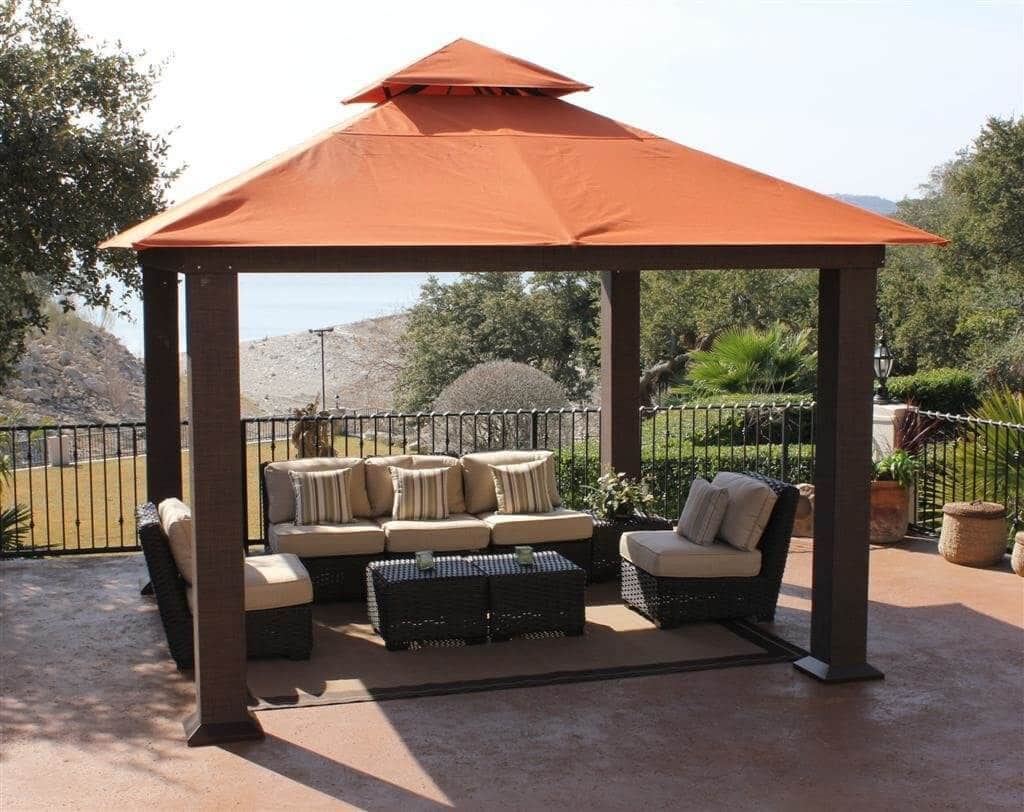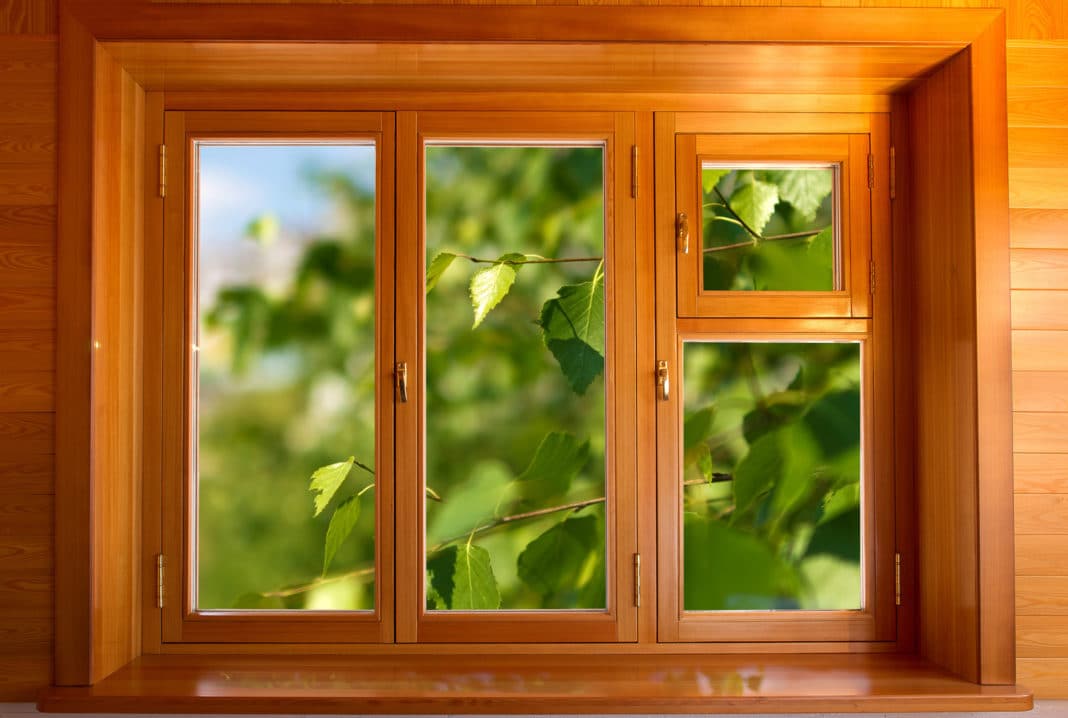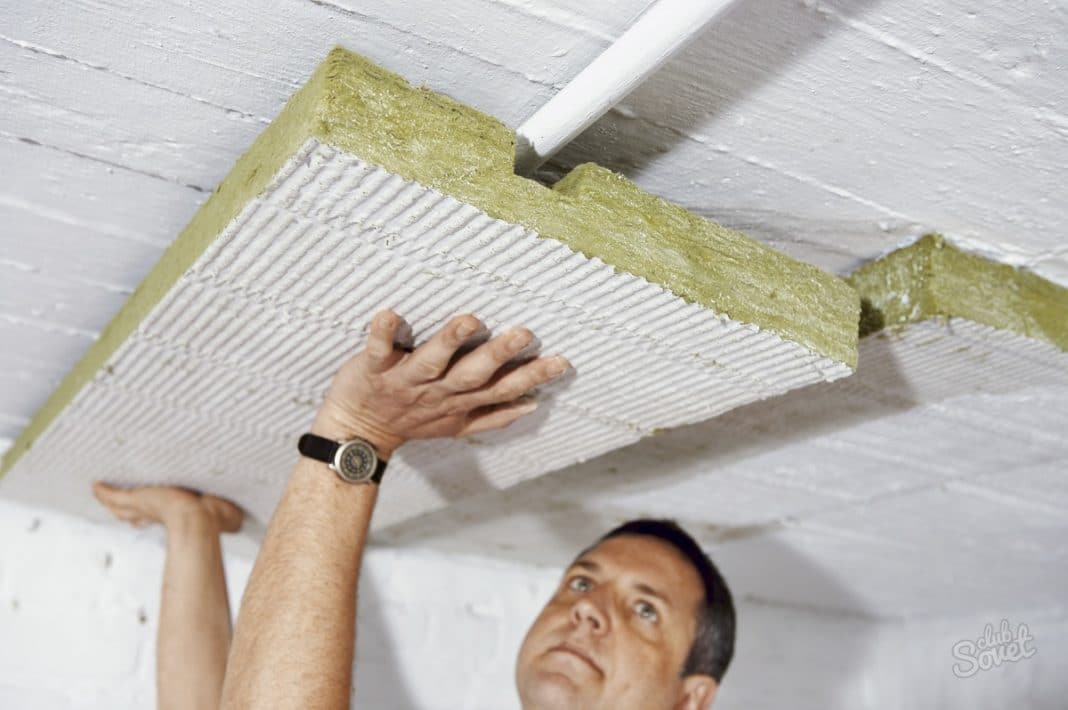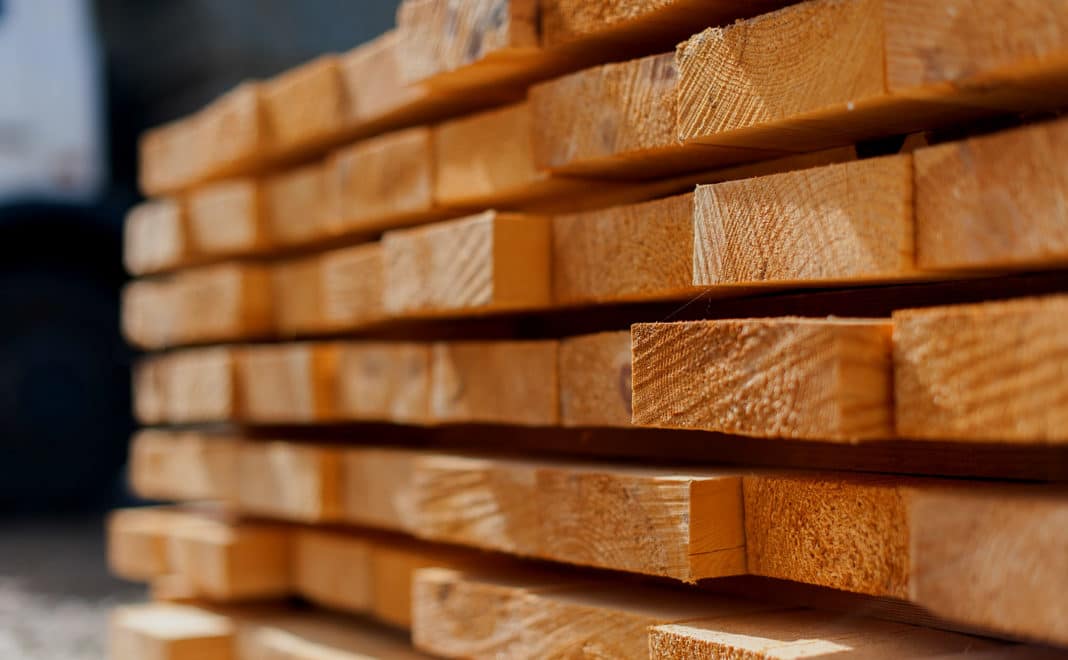The use of natural materials in home construction is always relevant due to their eco-friendliness and decorative appeal. Properly executed hydroisolation of a balcony in a wooden house ensures the long-term operation of the structure.
Main Characteristics and Importance of Isolation

Hydroisolation of a wooden balcony
Wooden materials can hide surface defects, have good soundproofing properties, and create an optimal microclimate in the home. The exterior finishing of loggias made of solid wood requires quality protection from atmospheric phenomena and temperature fluctuations. Hydroisolation of a wooden balcony is a set of measures to prevent moisture from entering the structure.
The need for work is due to:
- normal functioning of the building;
- increasing the service life of the coating.
Strong moistening of surfaces can lead to the development of mold, reducing the decorative appeal of the wood. Over time, the material may lose its strength and attractive appearance, leading to irreversible deformation of the coatings. Properly executed hydroisolation of a balcony in a wooden house will prevent swelling, the appearance of cracks, and the destruction of the structure.
The technology of the work depends on the type and functional purpose of the loggias. It is important to consider the features of open and closed structures, the material of the base, and the finishing coating.
The choice of the hydroisolation layer variant should also take into account the intensity of operation and the purpose of the balcony (rest area, work area, storage room).
Materials for Work
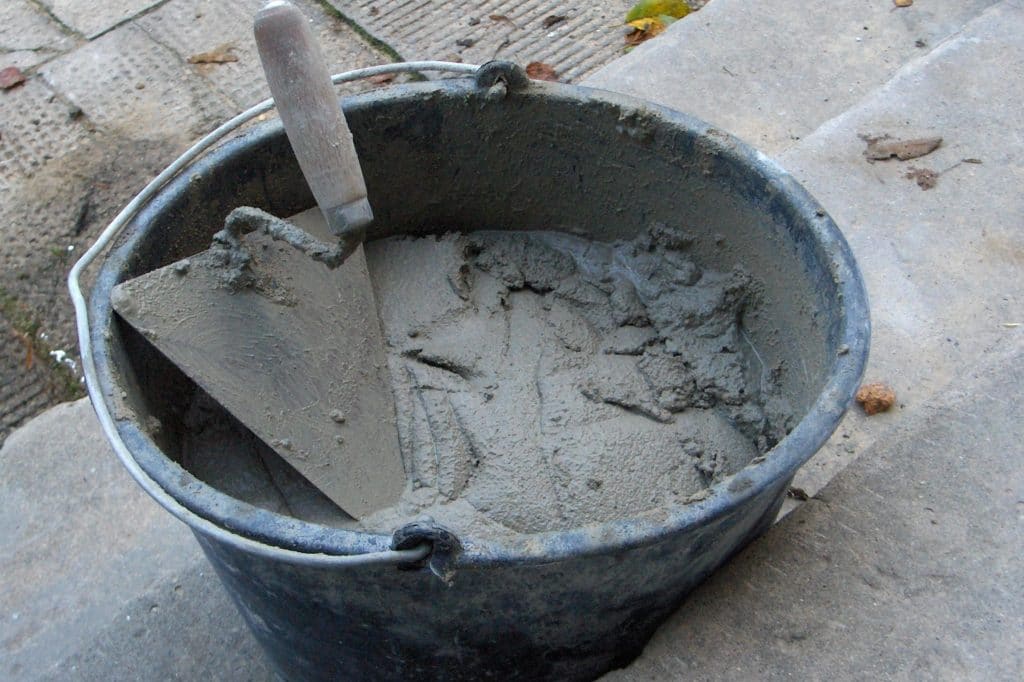
Cement
Hydroisolation of a balcony in a wooden house is carried out using special materials that differ in purpose and application methods. Products for the floor are presented in liquid, roll, membrane, and film (polymer) finishing options. There are several main types of insulation for walls: painting, cast, and pasting.
Wooden parts must be treated with antipyrenes, special compositions with antiseptic and water-repellent properties. Mold and mildew have a destructive effect, so it is important to prevent their appearance.
Wood will retain its attractive appearance and strength when impregnated, painted, or lacquered. Transparent compositions will emphasize the natural texture and pattern of the surface. Lacquer is recommended to be applied to surfaces previously coated with linseed oil. The final layer of finishing can be additionally sealed with penetrating compositions.
Before starting the work, it is recommended to prepare the necessary tools and materials. To carry out the hydroisolation of a wooden balcony, you will need:
- perforator and fastening hardware;
- cement, sand, bars;
- means for hydroisolation and processing of overlaps;
- foam polystyrene and OSB plates;
- foil vapor insulator;
- sealant, mounting foam;
- reinforced mesh.
Timely executed hydroisolation of the balcony floor in a wooden house during construction will eliminate the need to remove the coating in the future. The work plan includes creating a concrete screed, installing a roll insulating material with a bituminous or penetrating mixture coating. Only after completing all stages can the board be laid.
Hydroisolation Options for an Open Balcony

Laying a layer of insulation
To find out how to properly perform hydroisolation of a balcony in a wooden house, you can use the recommendations of specialists. The surface of the open loggia should have a slight slope to prevent water accumulation. Excess moisture is absorbed into the wooden floor surfaces on the balcony and leads to material deformation. The permissible difference in the height of the platform level is no more than 4 cm, which will preserve the hydraulic properties of the insulation.
The hydroisolation layer can be performed according to various technologies:
- Laying a special metal sheet. The insulation is installed at the stage of building the house. It is necessary to provide a gap between the coatings for ventilation.
- Liquid rubber will provide the tightness of the wooden floor. The finishing surface is removed, all cracks are sealed with mastic, and a layer of the mixture is laid. Upon completion of the work, the final installation of the external coating is performed. It is important to consider the permissible weight for a certain type of structure.
- Using insulation boards. Sealing is achieved by laying the material under the finishing floor coating.
- Roll hydroisolation or application of bituminous mastic. The advantage of the options is affordability and low cost of materials.
Quality hydroisolation of a wooden floor on a balcony should maintain a certain sequence of work. Initially, the surface should be prepared. At this stage, if necessary, the old layer of insulation is removed. After laying the hydroisolating layer, the selected finishing material is installed. Finally, the wood must be treated with an antiseptic.
Having determined the option of how to perform the hydroisolation of a wooden balcony, it is important to maintain the correct algorithm:
- laying a rough layer of roll insulation;
- laying a layer of insulation;
- application of coating compositions;
- final floor covering.
If the final floor covering of the open loggia is tile, before installing the insulation, it is necessary to apply a primer and level the base. As a result, a strong seamless coating should be obtained.
Technology of Hydroisolation of a Closed Balcony
The hydroisolation of the balcony floor in a wooden house with a closed type of construction is practically no different from the options for open loggias. Additionally, attention should be paid to the ceiling and walls. Treating the ceiling surface with a mastic with a polyurethane composition will provide the necessary protection from moisture. On the outer plane, it is recommended to create a roofing coating or perform work similar to the technology of floor hydroisolation.
The general scheme of hydroisolation of overlaps consists of covering with a liquid insulating composition, a layer of insulation, a hydro barrier, a layer of roll materials, and a batten. Finally, the external roofing material is installed. The option is suitable when using sheet-type coatings. If the roof is decorated with soft tiles, it is necessary to perform a continuous type of batten in combination with roll hydroisolating materials.
To find out how to perform hydroisolation of a balcony in each individual case, a list of available methods for performing work for walls will help:
- Pasting method. Materials with a self-adhesive base or requiring the action of high temperatures are used. Ruberoid or its analogs can also be used. The application process is quite labor-intensive and requires special knowledge and skills during installation.
- Painting method. It involves covering the surface with a protective varnish with rubber components. The disadvantage of the method is the need for frequent and regular renewal of the insulation. The total cost of varnish means makes this option quite expensive.
- Powder method. Cement mixtures in combination with hydrophobic additives (tile adhesive, liquid rubber, special plaster) are used as the material for hydroisolation. The resulting coating is not resistant to mechanical damage.
- Hydrophobizators. The method is based on the use of ready-made compositions that have the necessary insulating and water-repellent properties. A high degree of hydroprotection of surfaces is achieved. It is recommended to use hydrophobizators for internal work; in external conditions, the layer is subject to strong destruction under the influence of ultraviolet rays.
The correct execution of the technology of laying hydroisolation for wooden balconies will provide reliable protection of the structure from the effects of moisture. The work can be performed independently, using the proven advice of specialists. A quality hydroisolating layer will prevent deformation and increase the durability of the wooden material.

